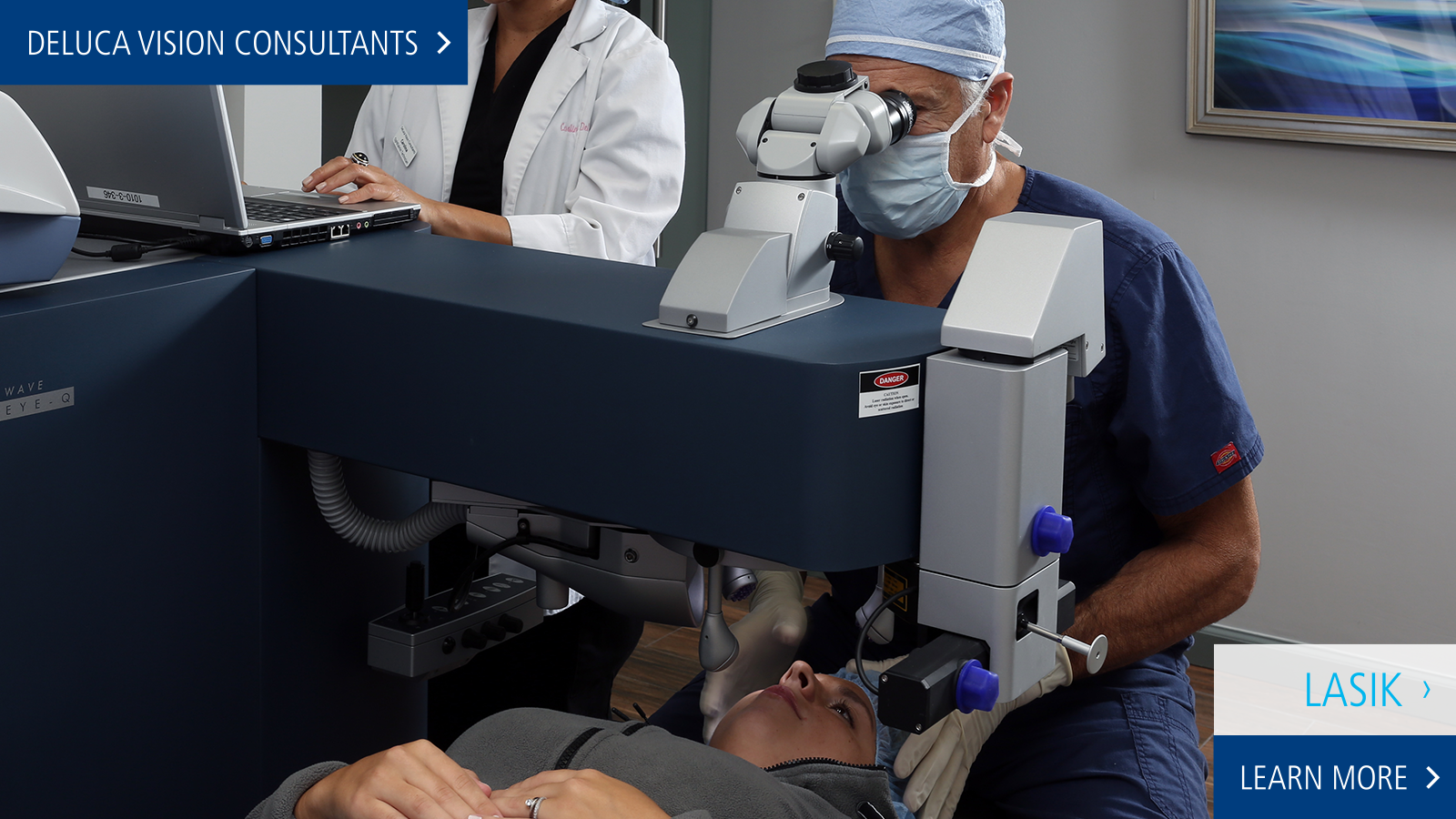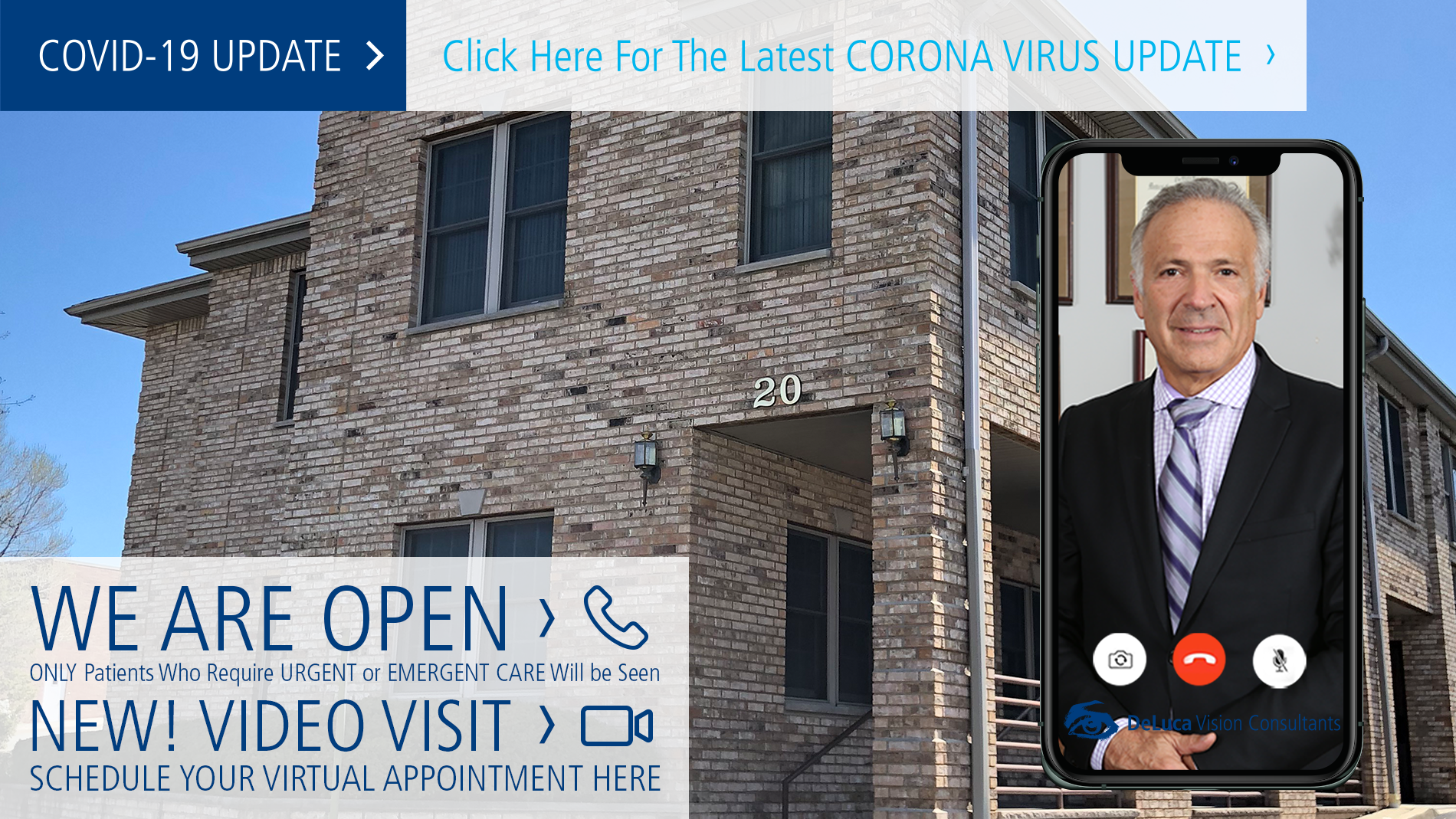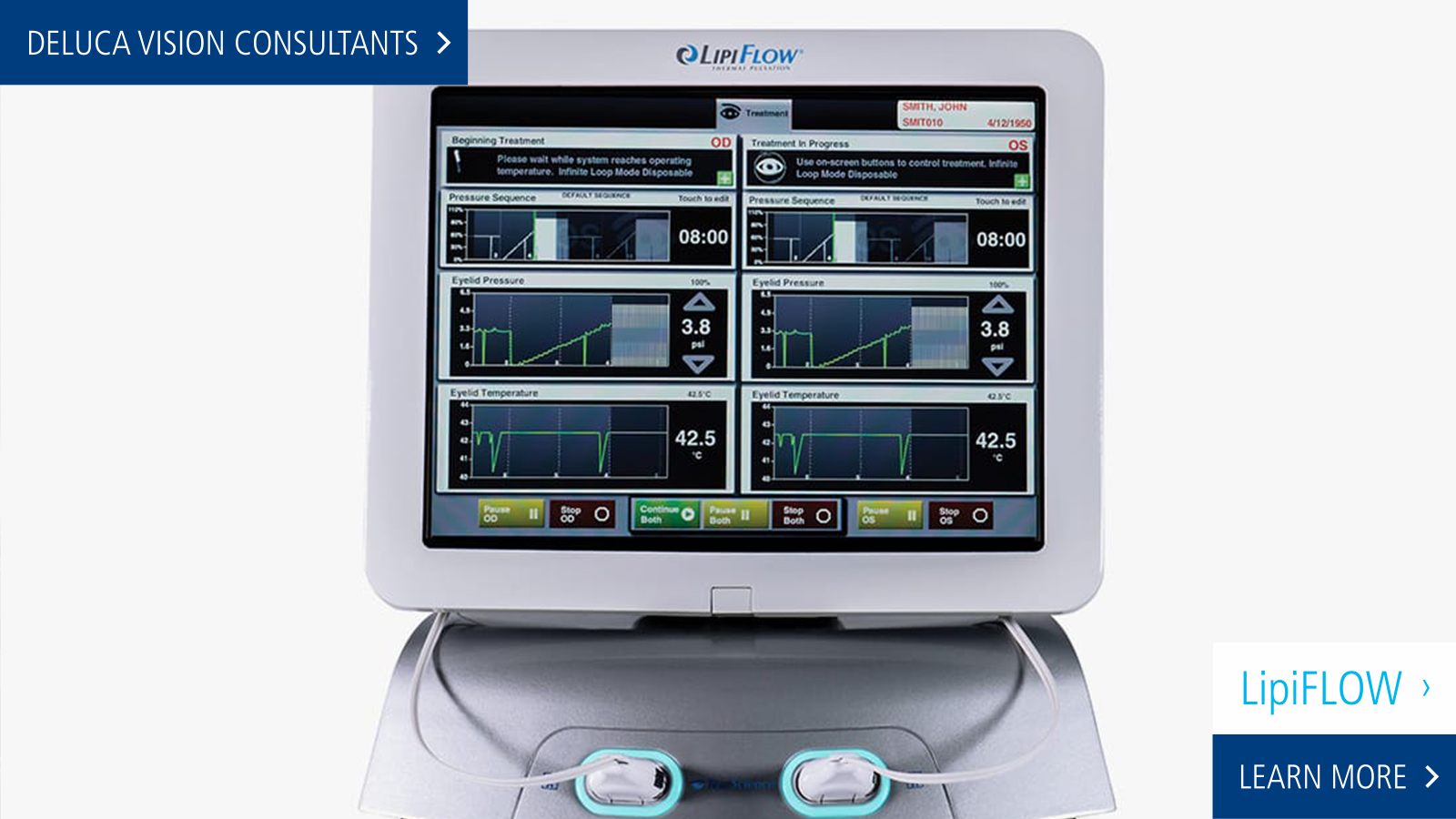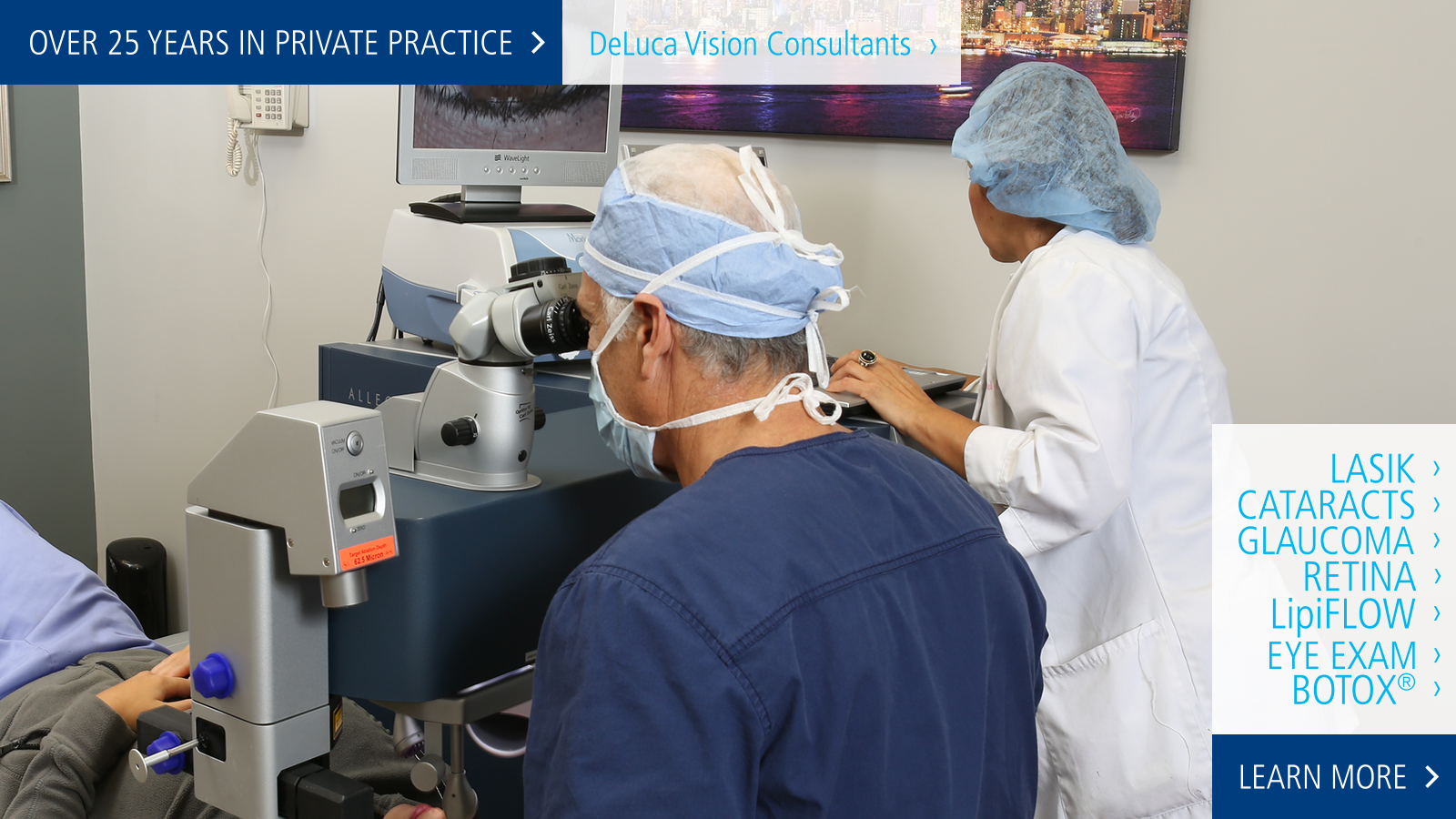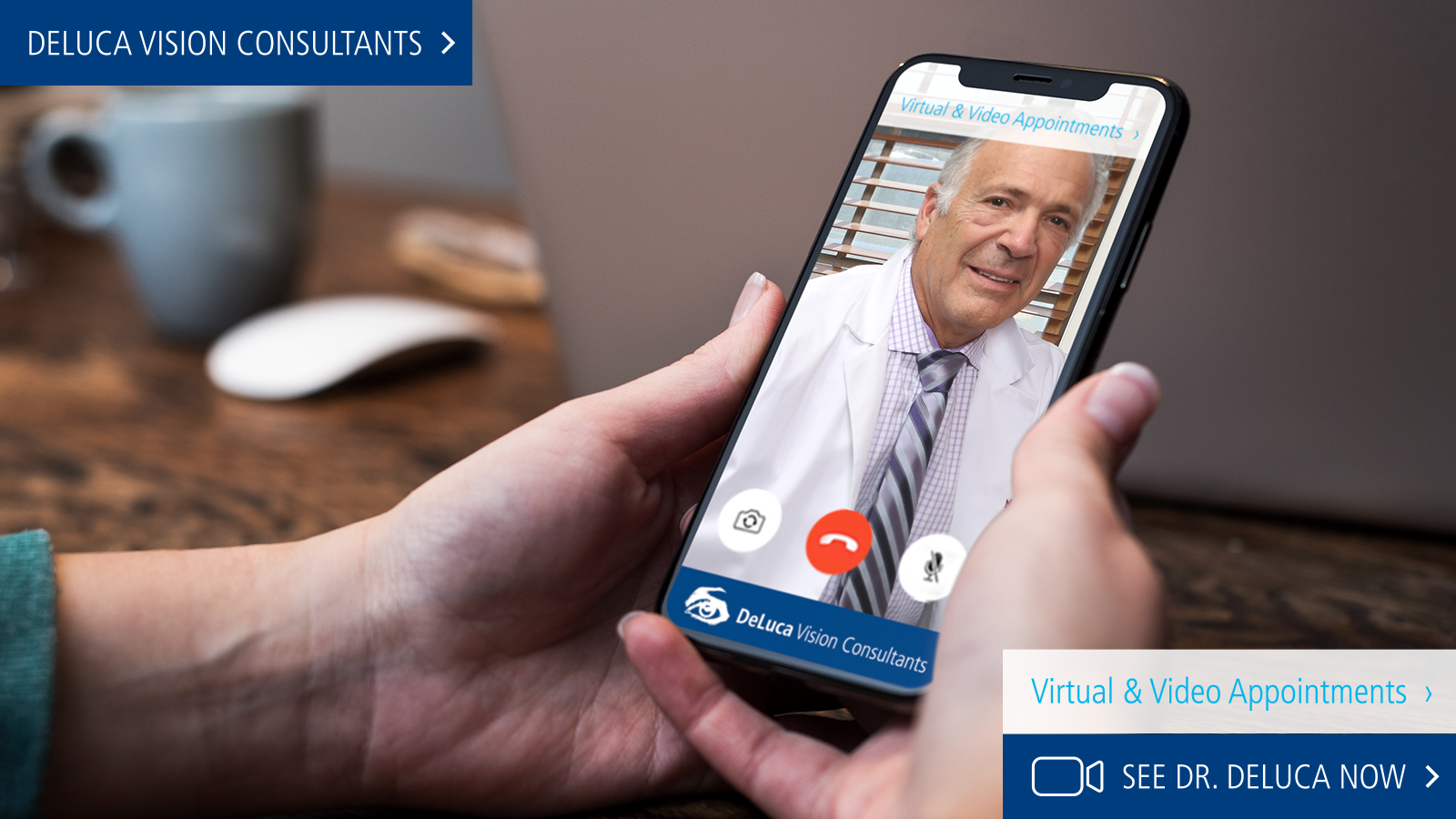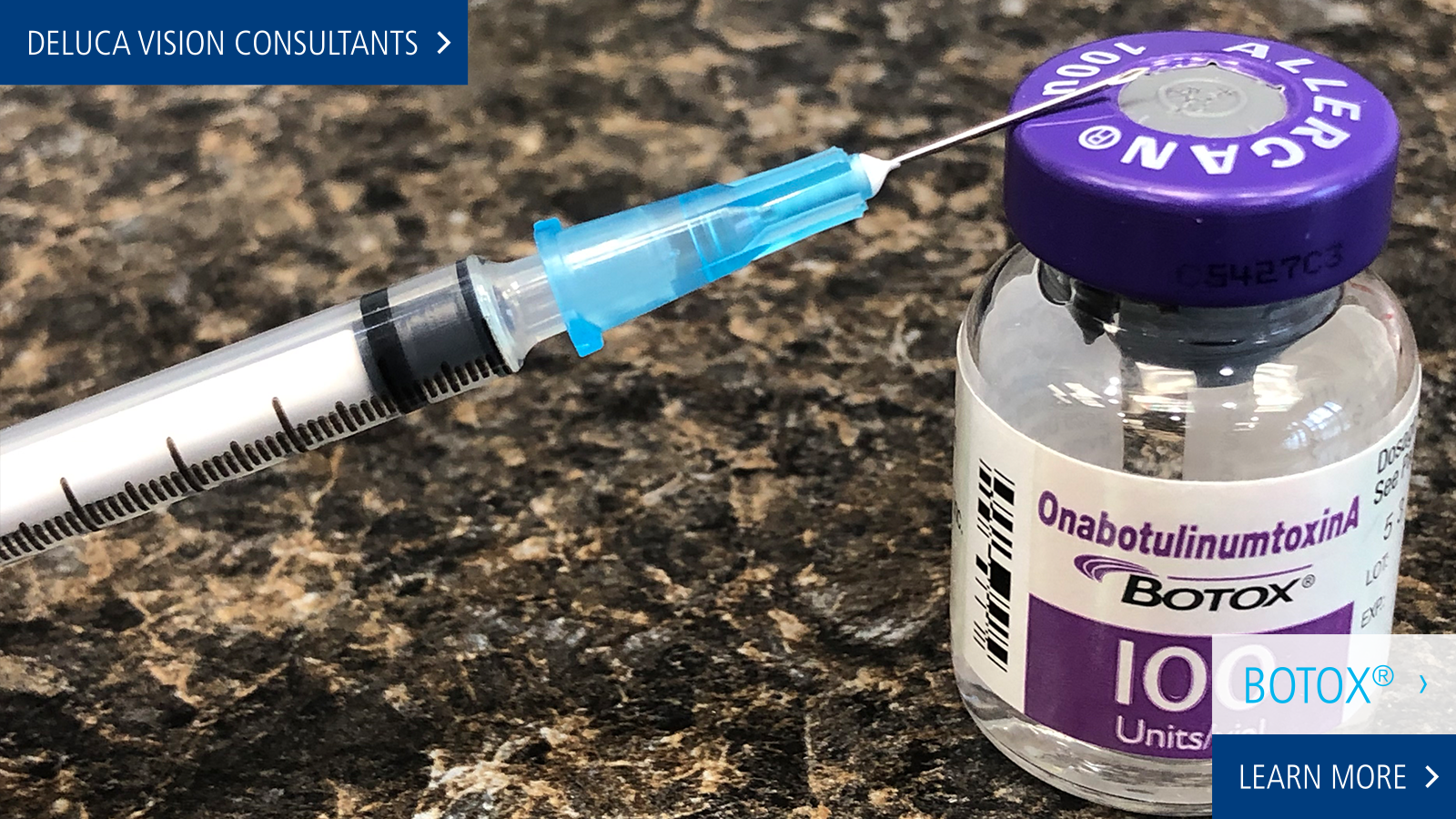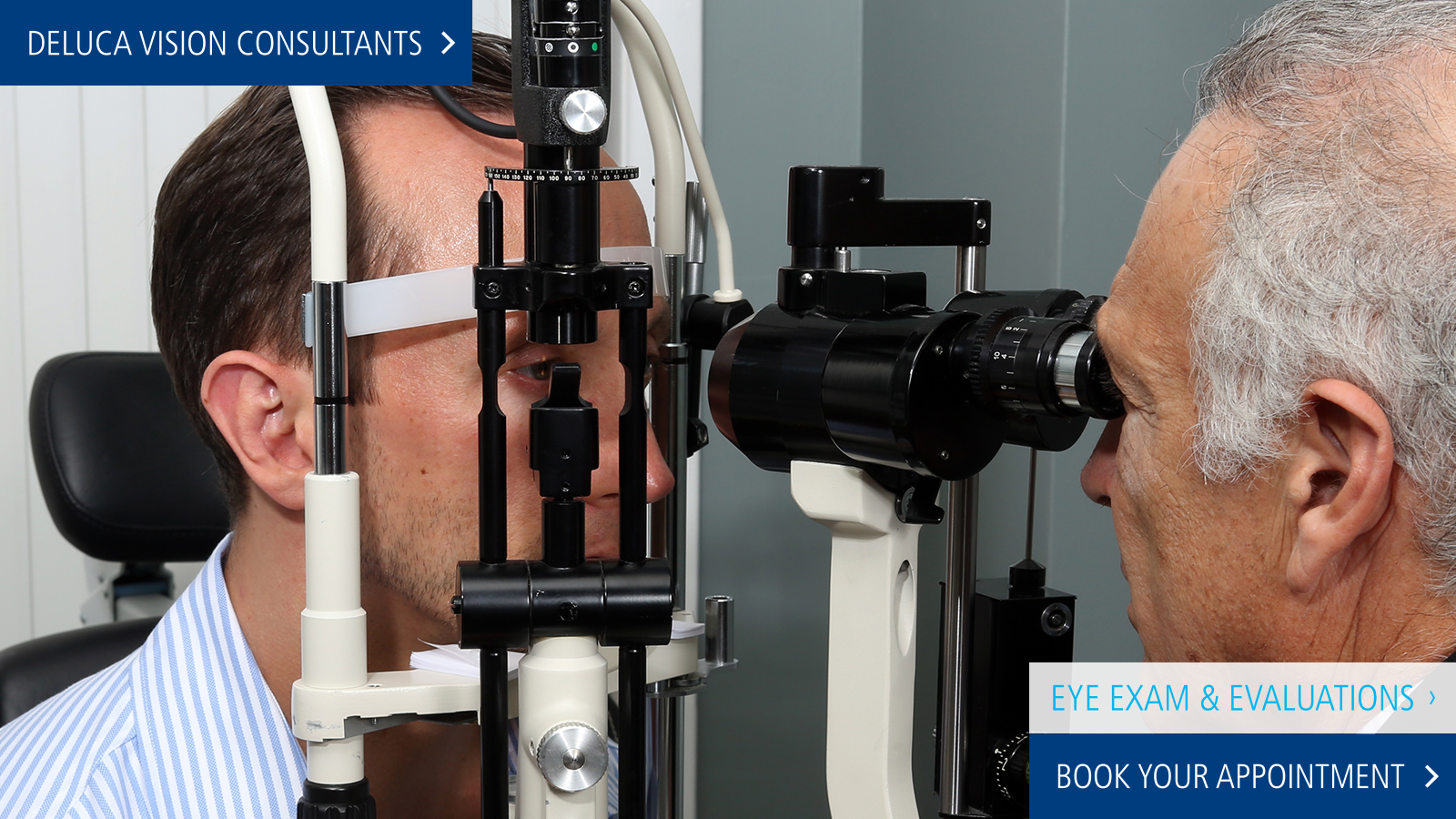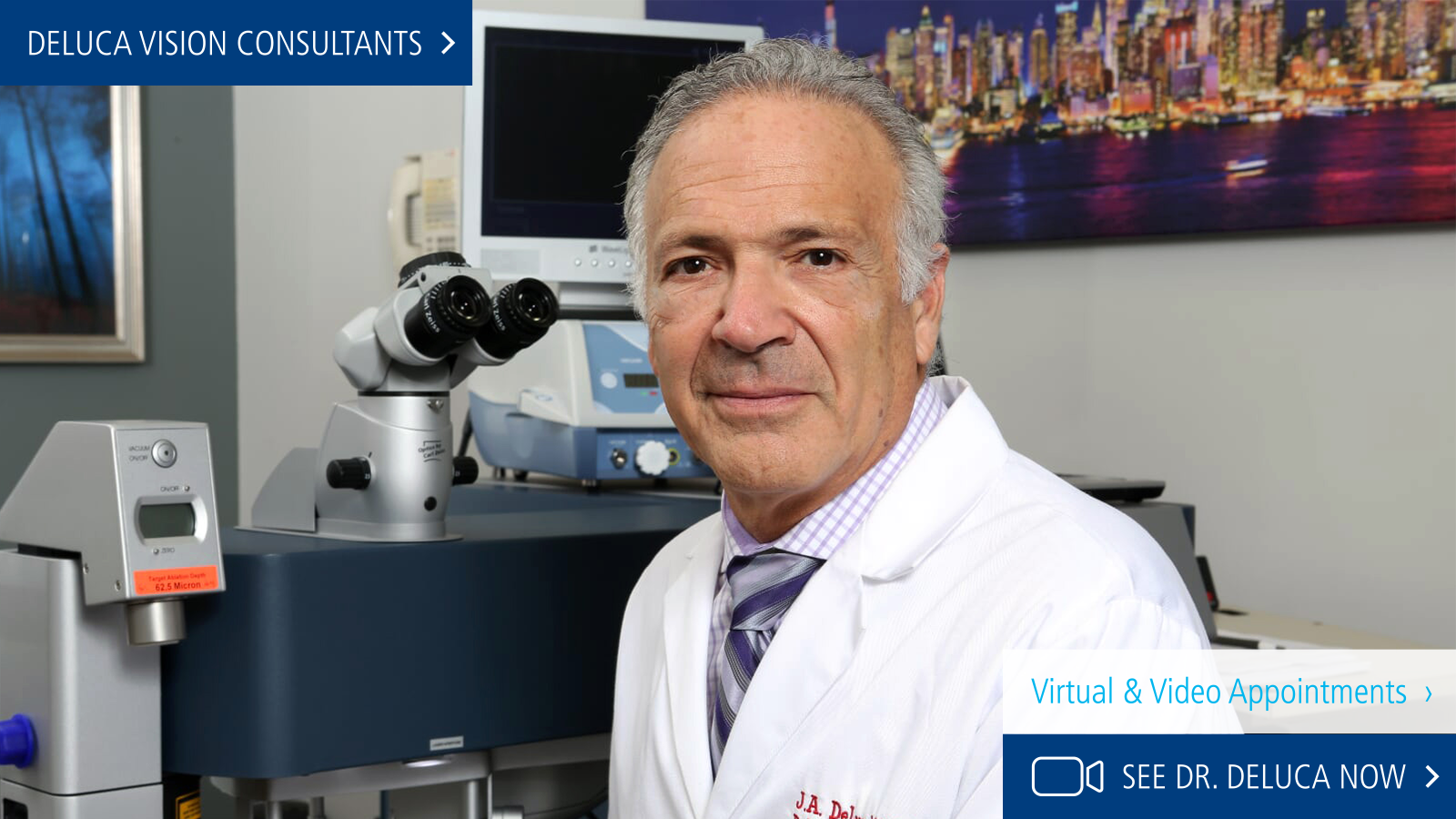PROCEDURES & TREATMENTS
Cataract
CATARACT is a clouding of the normally clear lens of your eye. For people who have cataracts, seeing through cloudy lenses is a bit like looking through a frosty or fogged-up window. Clouded vision caused by cataracts can make it more difficult to read, drive a car (especially at night) or see the expression on a friend's face.
LASIK
LASIK is an acronym for Laser in-situ Keratomileusis, and is one of the most commonly performed types of laser eye surgery. This procedure is safe, effective, and has very few side effects. LASIK eye surgery has helped millions of people see clearly without dependence on glasses or contact lenses.
Glaucoma
GLAUCOMA is a group of eye conditions that damage the optic nerve, the health of which is vital for good vision. This damage is often caused by an abnormally high pressure in your eye. Glaucoma is one of the leading causes of blindness for people over the age of 60. It can occur at any age but is more common in older adults. Many forms of glaucoma have no warning signs.
CORNEA
CORNEA represents the very front surface of the eye or the outer surface of the eye. The cornea plays a major role in how you focus on images. In conjunction with your natural crystalline lens the cornea helps to provide required focusing power. Damage to the cornea may arise from various reasons such hereditary issues, chemical burns, blunt object trauma, viruses or bacteria.
Retina
RETINA is the light-sensitive tissue that lines the inside of the eye. The retina functions in a manner similar to film in a camera. The optical elements within the eye focus an image onto the retina of the eye, initiating a series of chemical and electrical events within the retina. Nerve fibers within the retina send electrical signals to the brain, which then interprets these signals as visual images.
PREMIUM & COSMETIC SERVICES
PREMIUM and Cosmetic Eye Services - Premium lenses consist of multifocal and accommodating lenses. Multifocal lenses provide various degrees of distance and near vision depending on the design of the lens. Accommodating lenses* helps to correct presbyopia by restoring some of the eyes ability to accommodate* to near targets.
